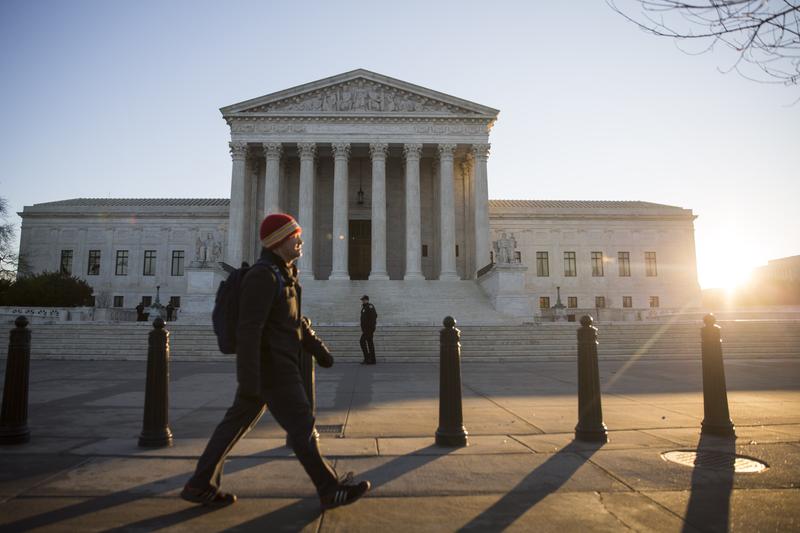
The Supreme Court is reconsidering Fisher v. University of Texas, a case that could have far-reaching consequences for affirmative action programs across the country.
Here's the short version: the University of Texas at Austin, a flagship state University, has two affirmative action methods. One is called the "percent plan," which means the university accepts any applicant who is in the top 10% of his/her high school graduating class. But the method in question is a secondary, supplemental admissions policy based on race.
"I'm sorry, the percent plan just hasn't been as effective as everyone says it is."
That's according to Stella Flores, associate professor of higher education and director of access and equity at NYU Steinhardt Institute for Higher Education Policy. She says her research proves that the percent plan alone does not meet the "educational mission" of the university.
.@UTAustin accepts top 10% of all H.S. graduating classes. @ProfessorFlores: that's not enough to ensure diversity. pic.twitter.com/zb8f0VkL8F
— Brian Lehrer Show (@BrianLehrer) December 10, 2015
Listening to @BrianLehrer & I think some callers need to read https://t.co/e2QGMnEXzP https://t.co/E4EJRFwUPH
— Jane R. LaForge (@JaneRLaForge) December 10, 2015
@BrianLehrer It hit me later that someone got bumped because his parents worked for that judge, who was well connected enough to get him in.
— Jon Pugh (@jonpugh) December 10, 2015
@BrianLehrer idea that admissions are purely about merit/qualifications are a myth. Universities consider what students can contribute.
— Katie Herman (@KatieHHerman) December 10, 2015
Check out the #StayMadAbby hashtag to see reactions to #affirmativeaction debate at @UTAustin -- posts by black grads on black excellence.
— Brian Lehrer Show (@BrianLehrer) December 10, 2015
